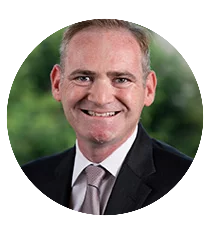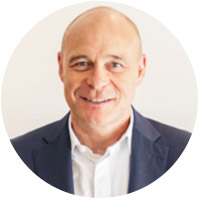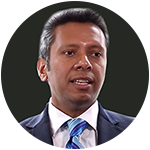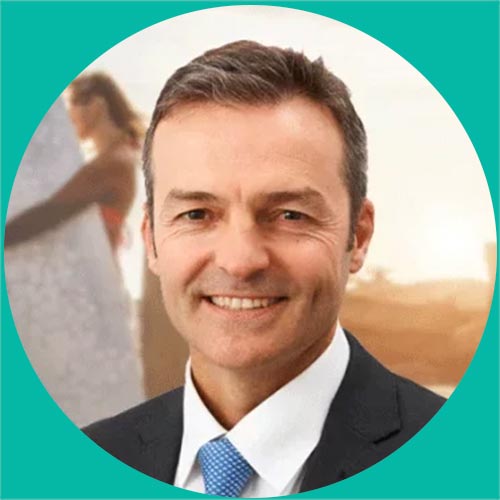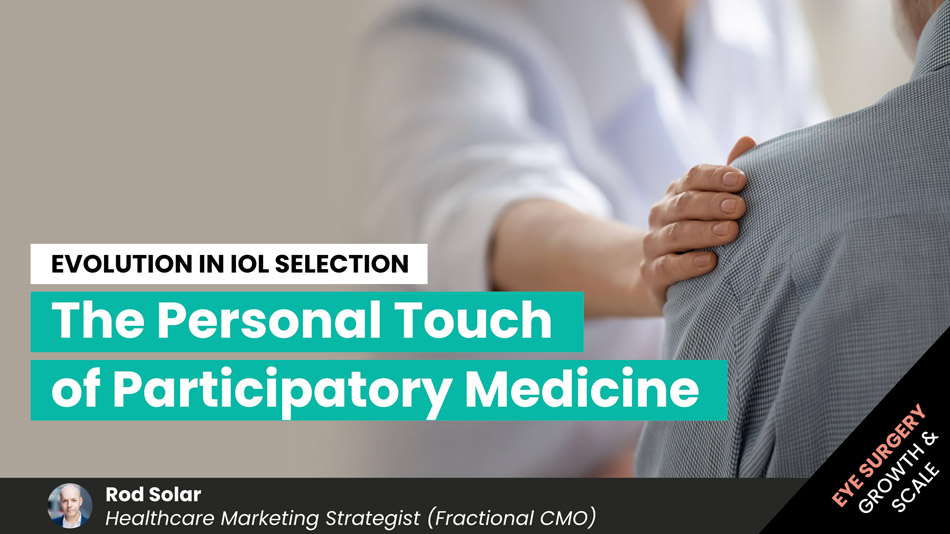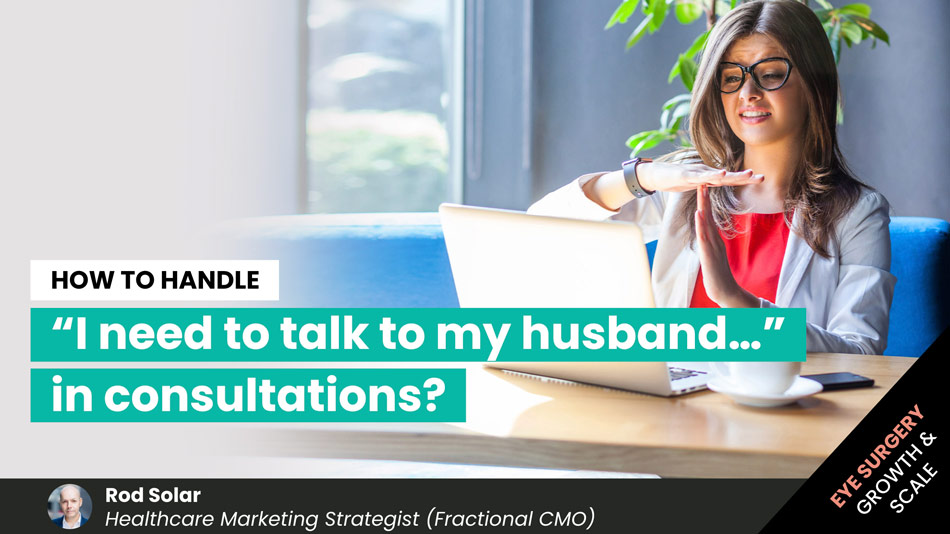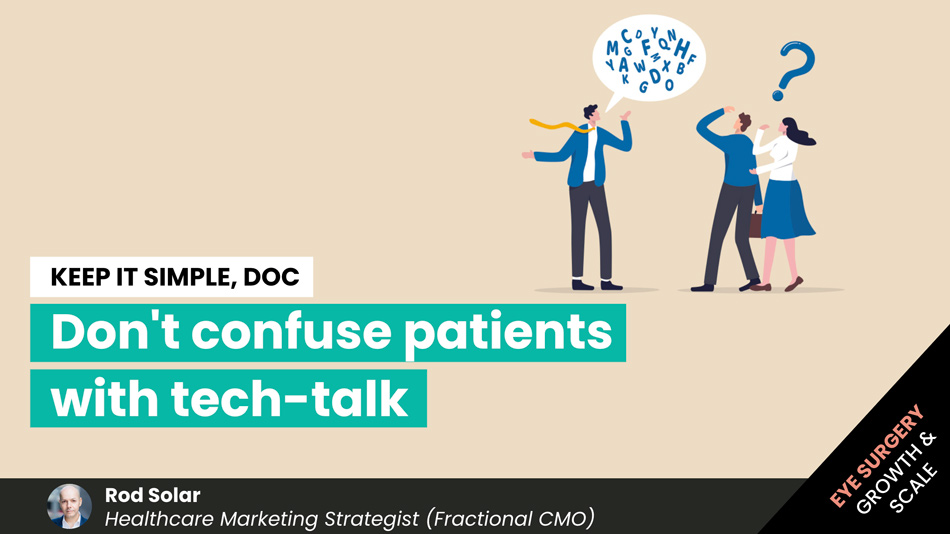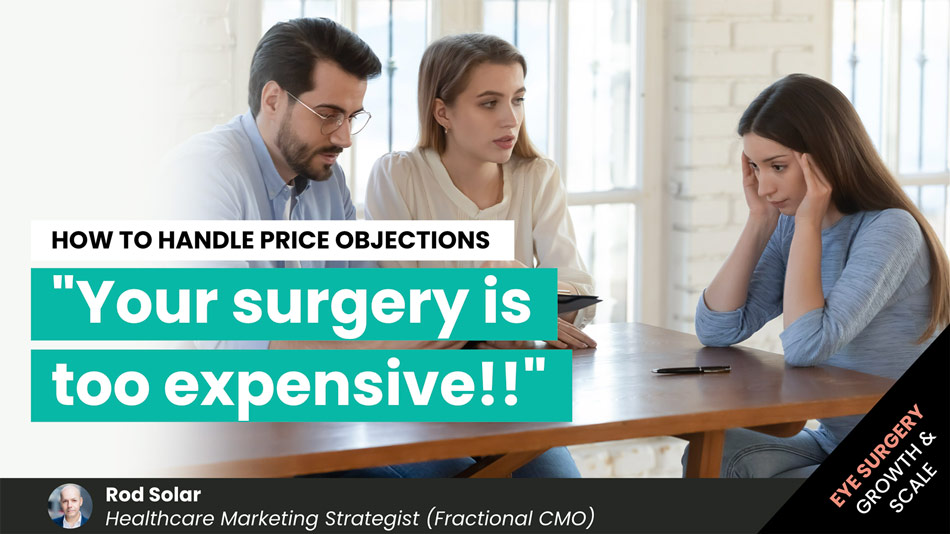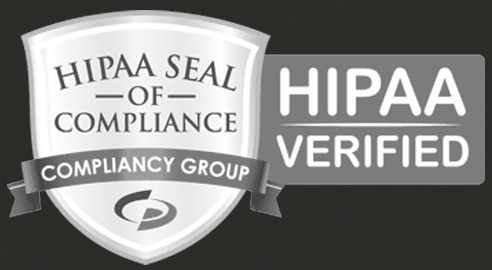Healthcare consultations: Communicating your intent
We’ve all heard the saying: “tell ’em what you’re going to tell ’em, tell ’em, and tell ’em what you told ’em.”
At the beginning of a healthcare consultation (after the warm-up, of course), it helps to informs our patients of the itinerary and expectations of the day. The tool we use at this stage is the “intent statement”. It’s a great way of reducing the patient’s fears and tensions so that they will open up to us later in the healthcare consultation process, and supply us with the information we need to offer a solution that will address their needs.
Many patient counselors I’ve trained have a version – sometimes called an “agenda” – of this statement. However, I have yet to hear anybody spontaneously provide an agenda that not only communicates the items to be covered, but also
- communicates empathy,
- prepares the patient to answer the questions we’re about to ask,
- offers the prospect the opportunity for control, and
- sets clear expectations (in a non-aggressive way) that this is indeed a sales presentation and that you expect a decision at the end.
The intent statement represents the transitional point in our healthcare consultations – from “making a friend” to “getting down to business”, were we recite the agenda for the day and set the overall tone for our consultation. It lays out the plan we will follow to achieve our goal (a buying decision) without leaving things to chance or wishful thinking…
A goal without a plan is just a wish
If done correctly, this statement will not only put the prospect at ease, but will also get them to listen and prepare to make a buying decision.
There are many different ways to deliver an intent statement, what is important is that we understand why we’re doing what we’re doing.
So, long as we understand the psychology of what we’re trying to accomplish, we can bring in our own personality into every portion of the consultation. The intent statement sets the overall tone for the consultation, and it is essential that it be presented professionally, succinctly, and with confidence.
Therefore, we recommend that you write and memorise this statement, only allowing for changes in inflection and tone with different personality types. You should know your intent statement forwards, backwards, in your sleep and years after you’ve been conducting presentations.
In our next post, we’ll define the distinctions that make up a perfect intent statement, and provide some examples of intent statements that work.
Related Posts
Meet our Co-Founders
We’re passionate about helping leaders of high-quality, growth-minded practice owners double their practice revenue
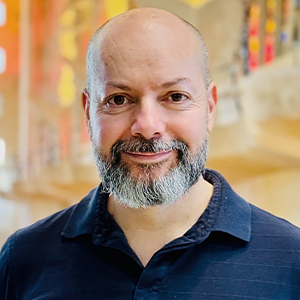
Rod Solar
Founder & Scalable Business Advisor
For over 20 years, I’ve helped ophthalmology entrepreneurs scale their private practices. I specialise in doubling revenue within three years by offering a proven framework, hands-on experience, and a team of experts who implement what works. We take the guesswork out of growth and scale, so you can focus on delivering exceptional patient care while maximising the value of your business.
LiveseySolar completely transformed the way we were approaching this… We’ve gone from having just the dream of having a practice to having a practice up and running with people making inquiries and booking for procedures… It’s extremely pleasing. We feel lucky we connected with LiveseySolar.
— Dr Matthew Russell, MBChB, FRANZCO, specialist ophthalmic surgeon and founder of VSON and OKKO
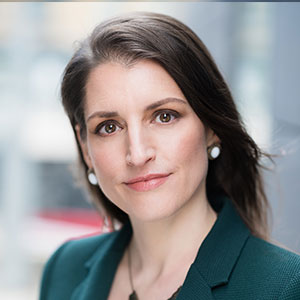
Laura Livesey
Founder & CEO
I’m the co-founder & CEO of LiveseySolar. I’ve developed powerful eye surgery marketing systems that increase patient volumes and profits for doctors, clinics, and hospitals, since 1997.
Rod and Laura know as much about marketing surgery to patients as I know about performing it. They are an expert in the field of laser eye surgery marketing. They know this industry inside out. I believe that they could help many companies in a variety of areas including marketing materials, sales training and marketing support for doctors.
— Prof. Dan Reinstein, MD MA FRSC DABO, founder of the London Vision Clinic, UK


